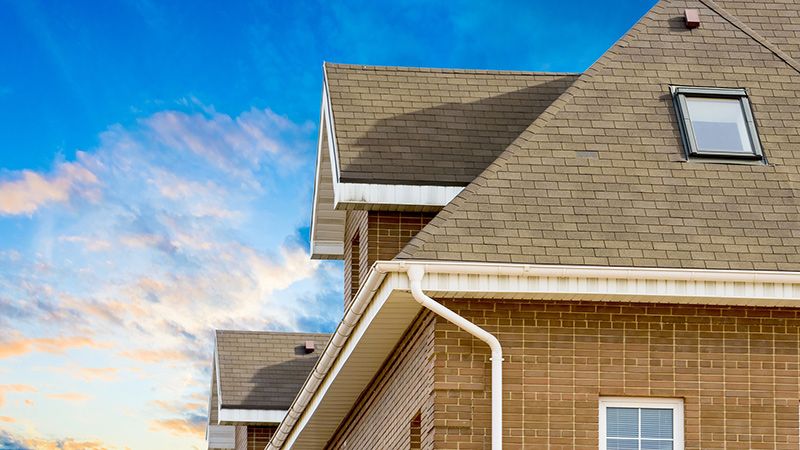Nobody likes to reveal how old they are. But that doesn’t just go for ourselves that also includes the roofs of our houses. Knowing how old your roof is, or when it was last replaced can go a long way to keeping your home in tiptop shape. If you’ve forgotten when you last replaced your roof, or perhaps you recently purchased a house but have no idea when the roof was last replaced, there are some telltale signs that can let you know if it’s time for a little roof-lift before your roof starts damaging your house.
Before You Buy
It seems obvious that we should be looking at the roof of a home we are thinking of buying, but it’s often the one thing that is most overlooked. Don’t feel bad if you forgot about it, even if you currently home a home, chances are, out of sight out of mind. It happens to the best of us.
If you’re currently looking to buy, ask for the “Seller’s Description of Property” and the “Disclosure Statement” for the house. This information should give you some general information on the state of the roof and any possible damages or problems during the life of the roof. If you’re unable to find this information, make sure to check out the roof yourself, and that the home inspector can you an estimate. If the roof was recently done, ask the seller for documents showing proof of a warranty on the roof.
The Signs
If you’ve owned a home before, you should already be familiar with the proper maintenance of a roof and what to look for. But if you’ve never had to worry about maintaining a roof, or perhaps you need a little refresher, here are some signs to look out for that show age is catching up with your roof.
Leaks and Water Damage
Check the interior and exterior of walls for signs of any active water damage. It often looks like the remains of tiny rivulets. This could a sign that the protective layer of shingles are not doing their job and can lead to a bigger problem like mold.
Curled or Buckled Shingles
Curling or buckling of shingles usually occurs in areas that receive a lot of sunlight, causing them to warp or lose granules. If there is any possibility of water leakage, this would be where it would start. These shingles should be replaced immediately.
Roof Valleys
Roof valleys are designed to channel water off the roof and away from the house. Because of the amount of water traffic a lot of wear happens here. Inspecting the shingles in this area is very important as the water flow can sometimes cause tiles to come loose or completely detach.
Missing Shingles
It seems pretty self-explanatory, but if we’re not looking up enough and doing a good enough inspection, we may overlook any missing shingles. This is particularly important if there are trees nearby where the branches would scrape along the roof, or if you live in an area which receives a lot of high winds and rains. If the roof is quite old, the underpinnings could be wearing down making it easier for them to come loose.
Roof Flashing
Missing or rusted flashing is an obvious sign of age on a roof, or a roof that’s been poorly maintained. But it’s also important to check for any lifting or separating which could allow water or moisture into the home. If the flashing material is cement or tar, it may be time to replace it with metal fittings.
Gutters Filled With Granules
Granules from shingles will wear off over time due to environmental influences. If you’re finding these granules in the gutters, it may be time for the roof to be replaced.
Daylight Through the Roof Boards
If you can see daylight in the attic or crawl space beneath the roof that even the most desperate vampire wouldn’t take up roost there, it’s definitely time to look at replacing the roof. If the sunlight can get through, chances are, water or moisture is getting through too. Be sure to check the insulation for signs of any water damage, or mold and mildew.
If you’re looking to purchase a home and discover any of these signs, you can ask the seller to replace the roof before the sale. If you’ve discovered some of these signs on your existing roof, have one of our qualified Shoreline roofing contractors inspect the roof to determine the extent of wear or damage to determine the best course of action.

